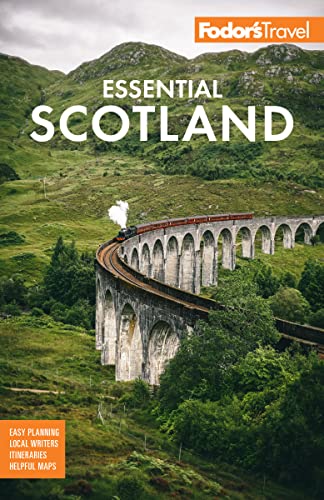Getting Oriented
Ten miles from Caithness in Scotland, Orkney is made up of 70 islands, of which 10 are inhabited. A number of ferries travel to ports on the Mainland, the main island of Orkney, including its administrative center, Kirkwall, where an airport serves Scotland's larger cities. The primary road is essentially a loop that passes near the key historic sites. The Mainland is linked to the southern island of South Ronaldsay by way of the Barricades.
About 125 miles north of Orkney lies the spiny outline of Shetland, comprising 100 islands. Sumburgh has the main airport, and 25 miles north is Lerwick, the island's "capital" and a port linking the island to Scotland and Orkney. South Mainland, half an hour from Lerwick, has prehistoric sites. Less than an hour north of Lerwick are dramatic landscapes such as Eshaness. Ferries go beyond the Mainland to Yell and Unst, the latter Britain's most northerly point.
Orkney. The towns of Stomness and Kirkwall have sights and museums testifying to Orkney's rich past, including Kirkwall's Norman St. Magnus Cathedral. For many people, though, they're a prelude to impressive Neolithic sites around the Mainland: Maeshowe, Skara Brae, the Ring of Brodgar, and others. Beyond the Mainland, explore sights such as Scapa Flow on Hoy, which reveals the islands' role in two world wars.
Shetland. A descent at Sumburgh's airport provides stunning views of a shining white lighthouse, bird-crammed cliffs, and golden bays. Lerwick has the excellent Shetland Museum, and nearby on the South Mainland are the prehistoric sites of Jarlshof, Old Scatness, and Mousa Broch. Worth exploring to the north are the lunarlike Ronas Hill and wave-lashed Eshaness. Unst, the island farthest north, is worth the journey for wide-open ocean views and superb bird-watching at Hermaness National Nature Reserve.




